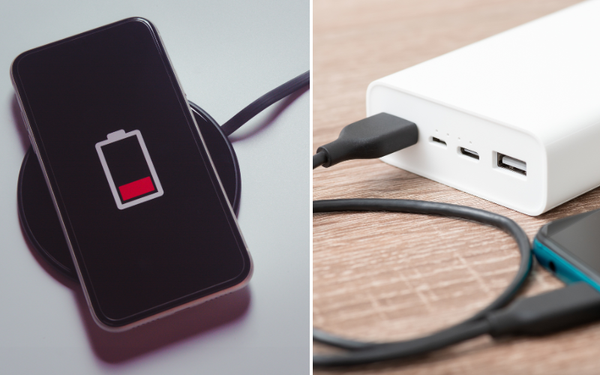Touch screens have become commonplace in our tech-laden lives, from smartphones to tablets and laptops. They revolutionized the way we interact with devices by offering more intuitive and natural ways to navigate and control applications.
But is there anything new on the horizon for touch screens? As technology advances and user behavior changes, we are likely to see some exciting developments in this field. Here's what the future of touch screens might hold.

Multi-Touch Everywhere - Multi-touch has been around for a while now, but it's still not ubiquitous across all devices and platforms. However, this is changing. In the future, we will see more and more devices adopting this feature as standard. Multi-touch enables users to use multiple fingers to perform various actions, such as zooming in and out, rotating objects, or selecting items. This technology opens up new and creative ways to interact with devices and has the potential to change the way we work, play, and learn.
Haptic Feedback - Haptic feedback has been around for a while in the form of vibrations on smartphones. It adds an additional sensory dimension to touch screens and enhances the user experience. In the future, we can expect to see more sophisticated haptic feedback systems that provide more nuanced and precise tactile sensations. This technology has exciting implications for gaming laptops with touch screens, where haptic feedback can enhance the feeling of immersion and realism.
Flexible Touch Screens - Flexible touch screens have been in development for some time, and we are starting to see them enter the market. Flexible screens offer several benefits, such as durability, portability, and the ability to customize the screen shape and size. They are also more resistant to cracking and breaking. In the future, we can expect to see a wider range of devices using flexible touch screens, from smartphones to laptops and beyond.
Gestures and Voice Control - We are already seeing the rise of voice assistants like Siri and Alexa. In the future, we can expect to see more sophisticated voice control systems that allow users to interact with devices using natural language and voice commands. Additionally, gesture control systems are becoming more advanced, allowing users to perform complex actions by waving their hands or making specific gestures. These technologies offer more natural and intuitive ways of interacting with devices and can offer significant benefits for accessibility and inclusivity.
Augmented Reality and Virtual Reality - Augmented and Virtual Reality are already revolutionizing the way we interact with the world around us. Touch screens will play a critical role in these technologies by allowing users to interact with virtual objects and environments through touch. Augmented reality overlays digital information on the physical world, while virtual reality immerses users in entirely digital environments. As these technologies become more widespread and sophisticated, we can expect to see touch screens playing a vital role in creating immersive and interactive experiences for users.
Conclusion:
Touch screens are already an essential part of our lives, but the future of touch screens is looking even more exciting. We can expect to see more multi-touch, haptic feedback, flexible touch screens, and voice and gesture control systems.
And, as virtual and augmented reality technologies continue to evolve, touch screens will become even more crucial for creating immersive and interactive experiences for users. If you're a gamer or someone who loves keeping up with the latest tech trends, the future of touch screens is certainly something to keep an eye on.








